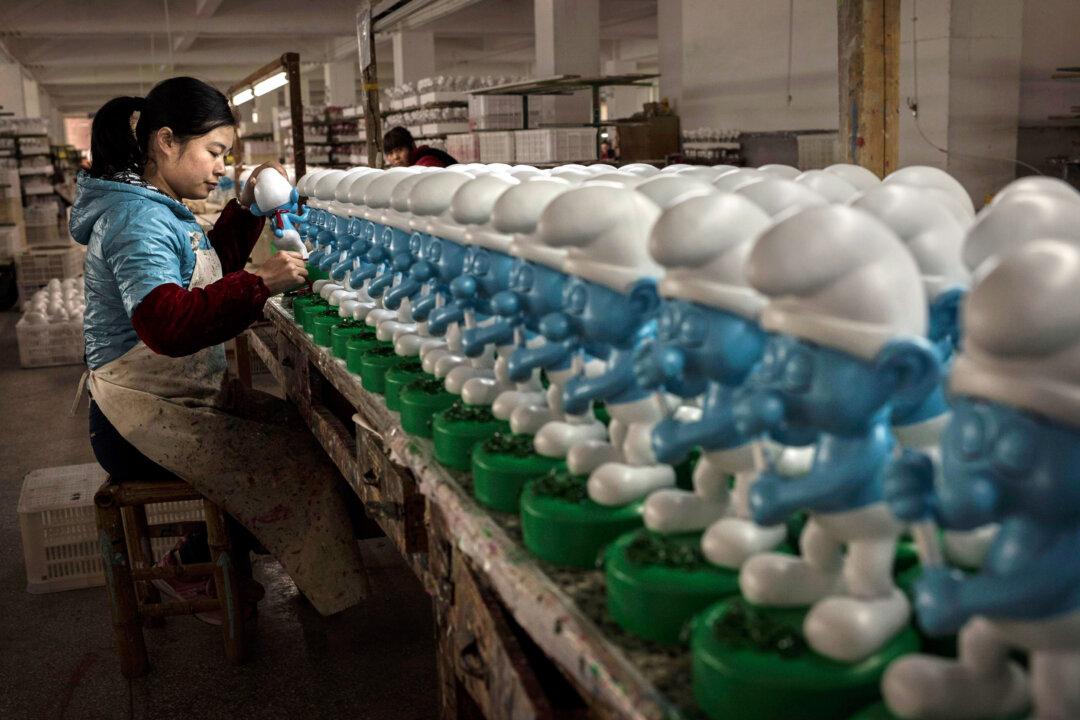When looking at China, many people forget that official data is very unreliable, sometimes even made up, so any kind of analysis rests on very shaky foundations.
The good news is that the private sector is catching up and innovative researchers are conducting on-the-ground surveys with thousands of real people working for banks and other private companies.
The real good news, however, is that on-the-ground results largely back up official data releases, so researchers don’t have to start analyzing everything from scratch again. Some differences, however, highlight the nuances that make up the Chinese economy.
The economy underwent an overall growth slowdown, beset chiefly by slower capital expenditure as well as comparatively weak Chinese New Year sales.





